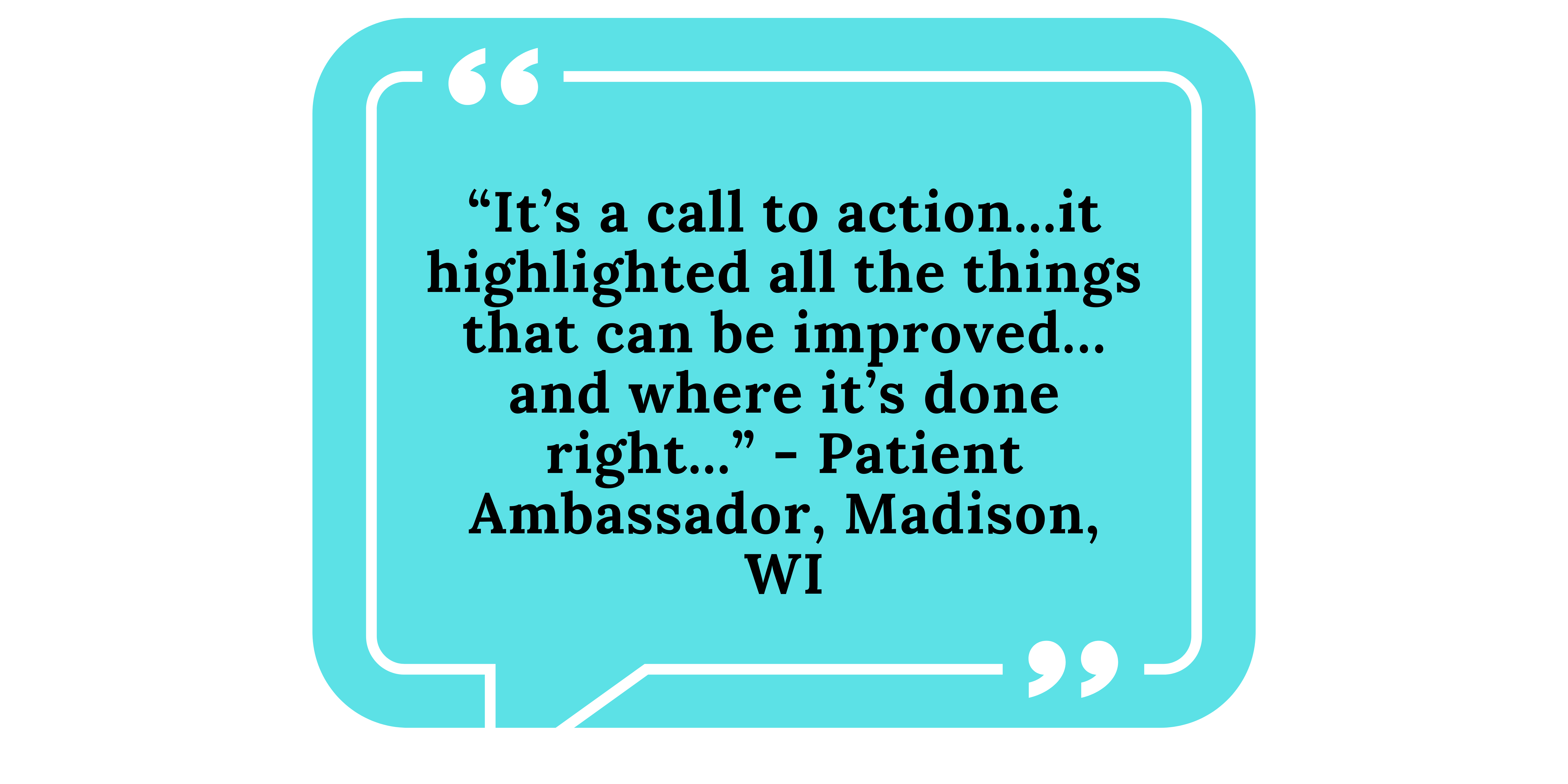Catalyst Films Overview
Catalyst films about Health Experiences are short films made up of narratives – interviews of people discussing their health experiences and experiences receiving health care. A primary goal of these films is to get patients, families, consumers, health care professionals, educators, and researchers all talking together about how they can improve experiences of health care.
These films are created and designed to ensure there is adequate, meaningful and active representation of patient voices and experiences in improvements, co-design, or education processes. Active patient participation and engagement in these activities are what make catalyst films such a useful and unique resource for health service groups. Catalyst films are both a patient engagement / co-design method and a participatory visual method.

Catalyst films have historically been created as part of an Experience-Based Co-Design (EBCD) process to ensure representation of health experiences and ignite conversation and action with stakeholders engaged together in redesign. More recently, United Kingdom researchers created catalyst films from existing health experiences interview clips compiled through a rigorous qualitative research process. The films have been shown just as effective for co-design and allow for an accelerated EBCD process (Locock, 2014). This is the same model HERN has employed to create our catalyst films; clips are carefully selected from HERN’s interviews of patients discussing their diverse experiences with health and health care.
Catalyst films are relatively new to the United States. They are a form of ethnography, the videoing of everyday health care practices and/or participant accounts of health care (Neuwirth, 2012).

Catalyst films are an additional tool in the “patient engagement toolbox” that provide a robust, broad representation of patients’ experiences. Films can offer perspectives that patients from your own setting may be reluctant to share, as echoed by one of our focus group participants: “From a healthcare point of view, it’s nice to hear people’s opinions that you wouldn’t hear in person.” Coupling a catalyst film with methods to engage actual patients from a practice can provide a comprehensive understanding of patients’ experiences of care.

